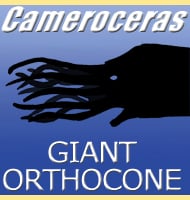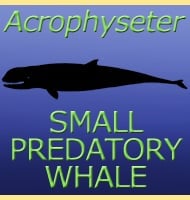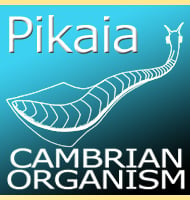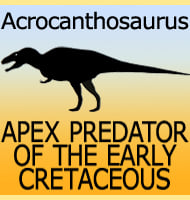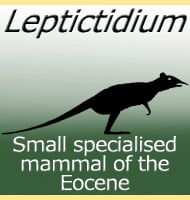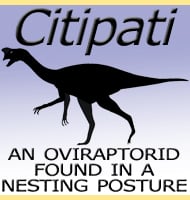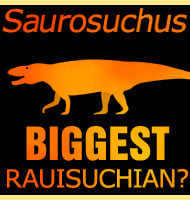In Depth
Electrocteniza is a genus of trapdoor spider that lived in North East Europe during the Eocene. Like other trapdoor spiders, Electrocteniza would have either lined an existing crevice with silk or dug out a burrow in soft dirt, and then sealed this area with a hinged door. When insects came close to the entrance, the spider would rush out of its lair, dragging the insect inside after delivering a bite. Electrocteniza was named at the same time as another genus of trapdoor spider called Baltocteniza, though Electrocteniza is differentiated by raised eye tubercles.
Baltic Amber is the result of tree resins solidifying during the Eocene Epoch. Small animals such as insects and spiders were preserved inside this resin when it was runny, and were near perfectly preserved for well over thirty million years afterwards. Much Baltic amber is small and preserved in sediments on the bottom of the Baltic sea, however because amber typically floats in salt water, lots of small chunks of amber are washed up on the coastlines of the Baltic sea, especially in countries such as Poland and Russia.
Further Reading
- The first ctenizoid mygalomorph spiders from Eocene Baltic amber (Araneida: Mygalomorphae: Ctenizidae). Paleontological Journal 34(Suppl 3):S268-S274. - K. Y. Eskov & S. L. Zonstein - 2000.

